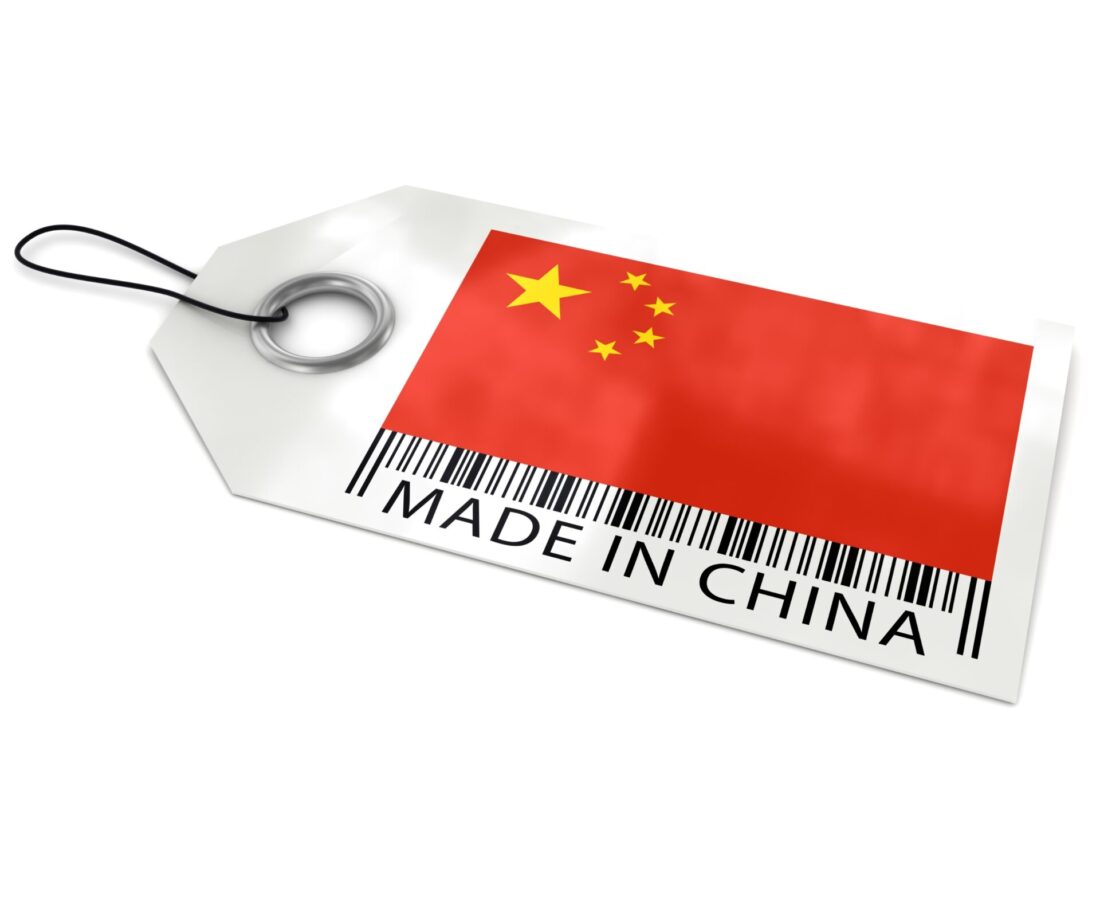“Made in China” Pt 2 – Background of China Sourcing and Production
April 18, 2023

As we wrote in our last blog, “Made in China” – Quality and Perception: Intro, China sourcing has historically been associated with cheap goods with questionable quality. In this blog series, we’ll explore how China ended up with this reputation and what technological and economic advancements they have made to change it. Today, we’ll be writing about the background of China supply chain management and Chinese production.
By now, it is no secret that, ever since Deng Xiaoping set the stage for a gradual opening up of China’s economy in 1978, the country’s growth has been nearly unstoppable. GDP growth, according to certain measures, remained at or around 10% per year for much of the first 3 decades since opening up. China went from a country mired in its own internal struggle and rife with poverty to the second-largest economy in the world and the largest exporter by 2009, surpassing its smaller but more experienced neighbor, Japan.
Much of what enabled this incredible growth in the supply chain management in China was the availability of cheap, plentiful labor. With hundreds of millions of people living deep in poverty, and the third largest landmass in the world, China was fertile ground for low-cost manufacturing that could utilize the large amounts of unskilled labor available.
By 1989, U.S. sourcing from China was still largely dominated by Apparel Manufacturing Products and Miscellaneous Manufactured Commodities. 23.96% and 18.4% respectively of total exports to the U.S. came from these labor-intensive, low-value-added manufacturing sectors. However, by 2010 a major shift had taken place, with imports into the U.S. from the Chinese Computer and Electronic Products sector going from 9.67% in 1989 to over 36% in 2010. This was a massive increase in a more technology-intensive, high-value-added sector. By 2017, China sourcing dominated the U.S. electronics import sector, accounting for over 61% of the annual import volume, according to JOC.com. This is in contrast, for example, to Apparel Manufacturing whose contribution to total U.S. imports from China decreased by over 15 percentage points in the same period.
So, with this much growth in labor-intensive industries, how did sourcing from China end up with a reputation for poor-quality goods? Stay tuned as we will discuss the source of this negative perception and China’s major quality scandals.
By Buck Perley
Research by Bonnie Roche
Editor’s Note: This blog was originally published in 2012.
All posts in this series:
- “Made In China” – Quality and Perception: Intro
- “Made in China” – Quality and Perception: Background of Chinese Production and Exports
- Made in China Quality & Perception: The Source of Negative Perception – Part 3
- Made In China Quality and Perception: Improving Standards and Improving Quality – Part 4
- Made In China Quality and Perception: The 12th 5 Year Plan – Part 5
